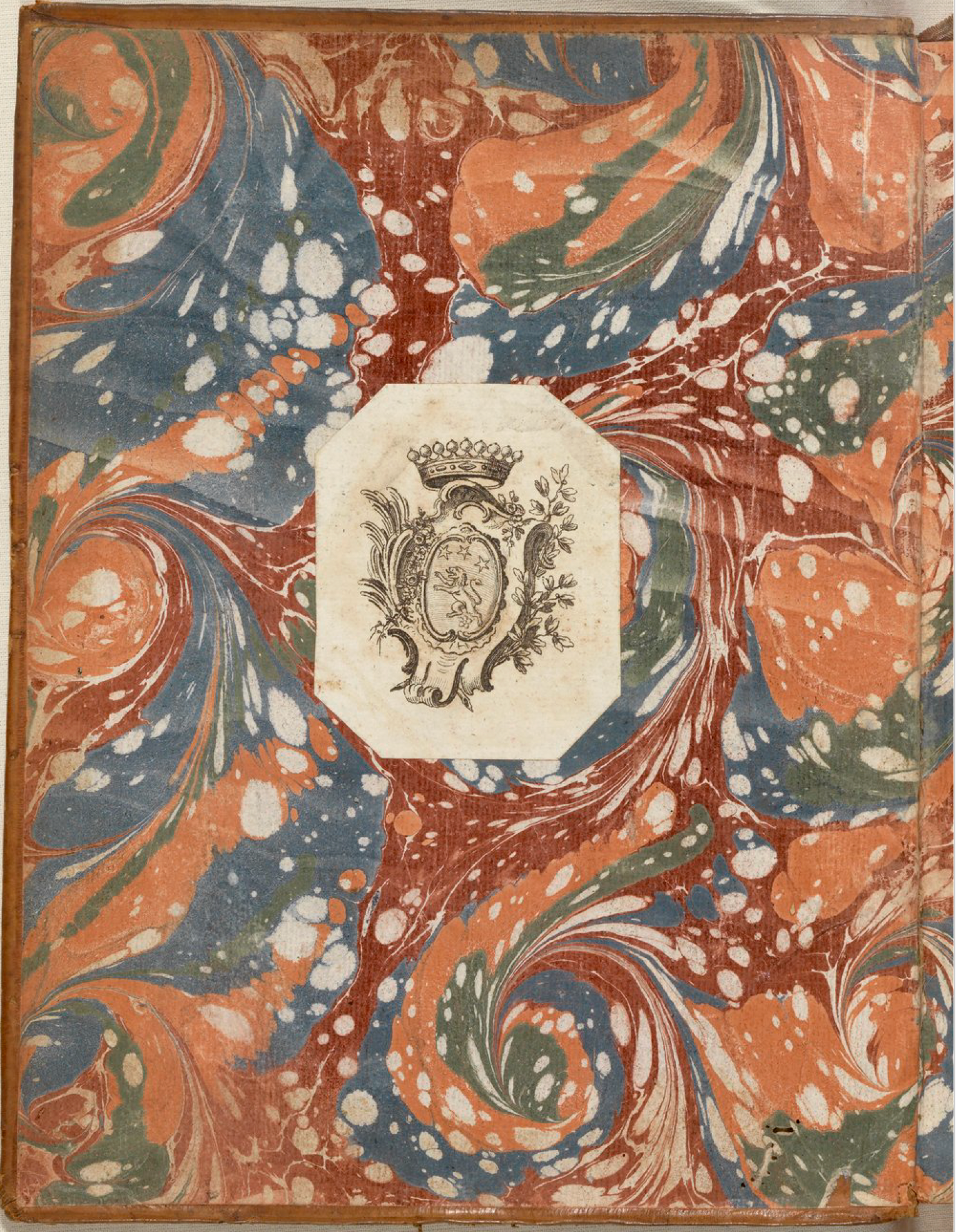Beautiful music and logical warts
« previous post | next post »
In "Rococo" (7/6/2025), I quoted from Charles Carr's 1965 paper "TWO WORDS IN ART HISTORY II. ROCOCO" his evidence that the word rococo began as way of denigrating certain kinds of out-of-fashion ugliness. Jonathan Smith noted in the comments that "baroque itself was first a(n) (disparaging) epithet", and I quoted the OED's endorsement of that idea, though without going into the whole "an irregular pearl is like a wart" background.
But in a parallel 1965 article, "TWO WORDS IN ART HISTORY I. BAROQUE", Charles Carr lays out three etymological theories about baroque, after sparing us "fantastic etymologies to be found in certain eighteenth-century dictionaries".
Carr's second theory is the "elaborate art is like an irregular pearl is like a wart" one. And he quickly rejects a third theory, promoted by the 13th and subsequent editions of Kluge's Etymologisches Wôrterbuch der deutechen Sprache, that baroque is an eponym for the Urbino painter Federigo Barocci. But Carr's first etymological theory is the most fun, at least in my opinion:
Leaving aside fantastic etymologies to be found in certain eighteenth-century dictionaries, there are three main theories on the origin of the word expounded in recent writings on the subject.
According to the first, baroque is derived from the Med. Latin baroco, one of the mnemonic code-words apparently invented by the thirteenth-century schoolman William of Shyreswood to denote the several moods of the syllogistic figures. Baroco represents the fourth mood of the second figure, consisting of a major premise that is universal and affirmative and a minor premise that is particular and negative, yielding a conclusion that is particular and negative. By an extraordinary coincidenoe, extraordinary because of the more customary derivation of baroque from a Portuguese word barroco meaning a pearl, but undoubtedly a coincidence because he uses the example of the pearl for the other moods of the second figure, William of Shyreswood's example of the baroco syllogism is: every pearl (margarita) is a stone; some men are not stones ; therefore, some men are not pearls. The derivation of the French baroque from the syllogistic term seems first to have been suggested by J. J. Rousseau in an article on baroque music in his Dictionnaire de Musique (1767) : "Il y a bien de l'apparence que ce terme vient du Baroco des logiciens." This etymology is found sporadically in some nineteenth-century dictionaries, was revived in recent times, especially by Croce (op. cit.), but has not been generally accepted by philologists other than Italians. The evidence for and against it will be considered later.
Here's Rousseau's entry, courtesy of Gallica, clearly expressing a negative vibe:
BAROQUE. Une Musique Baroque est celle dont l'Harmonie est confuse, chargée de Modulations & de Dissonances, le Chant dur & peu natural, l'Intonation difficile, & le mouvement contraint.
Il ya bien de l'apparence que ce terme vient du Baroco des Logiciens.
Baroque music is music whose harmony is confused, full of modulations and dissonances, whose singing is harsh and unnatural, whose intonation is difficult, and whose movement is constrained.
There is every reason to believe that this term comes from the Baroco of the Logicians.
1767 is earlier than I would have expected for such a stylistic change — that was the year that Telemann died, and Mozart was 11 years old. But it's not clear to me whose music Rousseau was criticizing — maybe he was manifesting a genre difference rather than a change in time periods, or just being his often-nasty self? Readers may provide some evidence, beyond the clues in the book's preface and the (other strange) stuff in this page from Grove's Dictionary., e.g.
His 'Lettre sur la musique Française' (1753) raised a storm of indignation, and not unnaturally, since it pronounces French music to have neither rhythm nor melody, the language not being susceptible of either; French singing to be but a prolonged barking, absolutely insupportable to an unprejudiced ear; French harmony to be crude, devoid of expression, and full of mere padding; French airs not airs, and French recitative not recitative. 'From which I conclude,' he continues, 'that the French have no music, and never will have any; or that if they ever should, it will be so much the worse for them.'
Adding to the stylistic mystery, this is the endpaper of Gallica's edition, which (the pasted bookplate aside) seems more appropriate for the psychedelic 1960s than for Louis XIV's France:
Some background reading:
"William of Sherwood", from the Stanford Encyclopedia of Philosophy.
Wikipedia on "Baroco"
Wikipedia on "Syllogism", including the derivation of this table of Baroco's relatives:
| Figure 1 | Figure 2 | Figure 3 | Figure 4 |
|---|---|---|---|
| Barbara | Cesare | Datisi | Calemes |
| Celarent | Camestres | Disamis | Dimatis |
| Darii | Festino | Ferison | Fresison |
| Ferio | Baroco | Bocardo | Calemos |
| Barbari | Cesaro | Felapton | Fesapo |
| Celaront | Camestros | Darapti | Bamalip |
Rousseau's 1753 "Lettre sur la Musique Française"
Wikipedia's (French) page on Rousseau's "Lettre sur la Musique Française"


Coby said,
July 11, 2025 @ 12:55 pm
The music we now know as baroque wasn't called that before the 20th century, with Egon Wellesz possibly being the first to use the term. When I was studying music in Germany in the late 40s, the age of Bach et al. was still known as Generalbasszeitalter (the age of figured bass). I think Rousseau just meant music the he didn't like.
"Gothic" was also a pejorative at first.
Stephen Goranson said,
July 11, 2025 @ 1:48 pm
On the radio [Seymour] DeKoven pushed barococo music, though he apparently did not coin the term nor the limits of enthusiasm.
I liked some of what he liked, though not his limits.